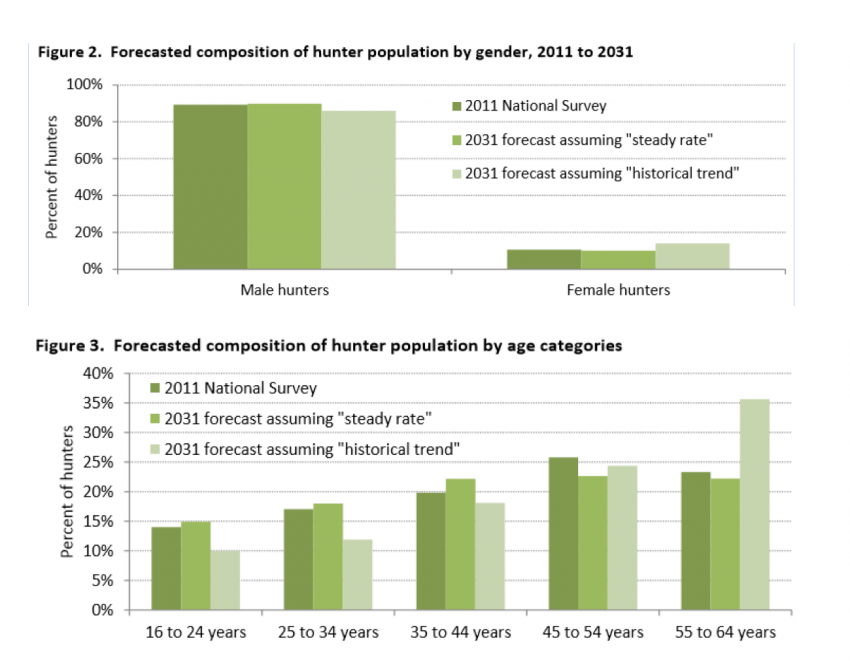Trends in Hunting and Fishing Participation Cross-Over
- July 6, 2016
- By Team Realtree
- Research

According to data from the U.S. Fish & Wildlife Service, each year roughly one-third of U.S. hunters choose to only hunt while two-thirds participate in both hunting and fishing. These “cross-over” outdoor enthusiasts have higher rates of license renewal when compared to those who only hunt.
Several potential reasons cited for this in a report from the National Shooting Sports Foundation, “The Hunting Population’s Cross-Over into Fishing, and a Look at the Future of Hunting,” prepared by Southwick Associates, include:
- Participation in fewer competing activities, allowing more time to engage in both hunting and fishing.
- Bigger financial investment, therefore hunting and fishing are a higher priority
- More likely to reside in communities where outdoors sports are highly valued
The report pointed to two areas of concern specific to hunter participation. First, from 1991 to 2011, the U.S. population over the age of 15 grew by 49.3 million people, or 26%. The hunter population, on the other hand, grew only by 5%.
Second, the percentage of hunters aged 55 and older has doubled over the past decade, for both those who only hunt and those who hunt and fish. “This shows a possible need or opportunity for hunting and fishing marketing efforts to coordinate, share resources and potentially find cost-savings in their mutual efforts to boost hunting and fishing participation numbers, and to keep them returning,” the summary suggested.
While no one can predict the future, the report pointed to two potential scenarios regarding hunter numbers looking out to 2031:
“In 2011, whether related to cultural shifts or as an effect of the lingering recession, changes in the demographics of U.S. hunters were pronounced compared to hunters’ demographics as seen in the USFWS’ Surveys from 2001 and 2006. If one assumes the demographic profiles of hunters as seen in 2011 hold steady, the expected 2031 population of hunters will be different than if the trends observed from 1991 to 2011 continue. Either route can have a profound impact on the future of hunting in the U.S. As no one can accurately predict the future on a regular bases, the reader can decide which trend can be expected.

“If the historical 1991 to 2011 trend continues, the percentage of hunters represented by women will continue to increase. If the shift in hunters’ demographics has stabilized and remain static, then the hunting population will be younger in 2031 compared to the situation that might exist if the 1991 to 2011 trend continues. If the trend continues, which will result in even a greater proportion of hunters in the older age brackets, hunters over 45 years of age will represent approximately 60 percent of the hunting population by 2031, well over the percentage of the U.S. population within this age range. This insight argues for greater efforts to ensure hunting remains relevant within all segments of the U.S. population.”

Editor’s Note: At Realtree, hunting will always be in our DNA, but our successful growth as a popular brand in all segments of the outdoor lifestyle means opportunities for any company who wants to grow its brand beyond the core hunting market. Check back here often for more insight into the ever-changing outdoor industry. Want to learn more about doing business with Realtree? Contact us today!
